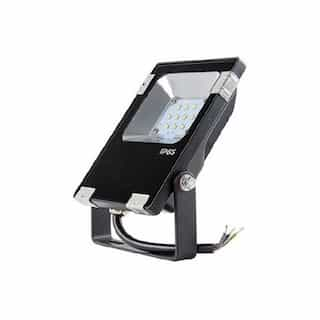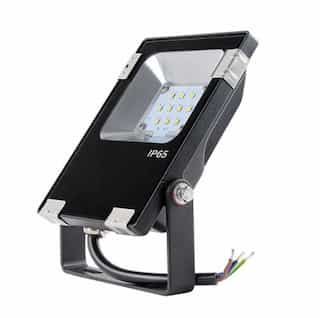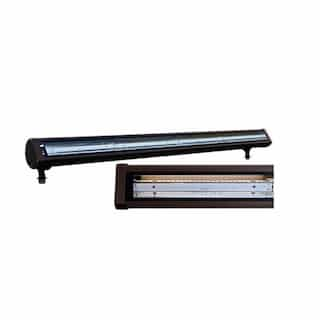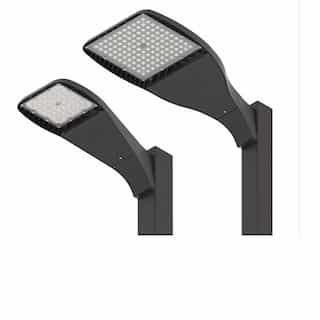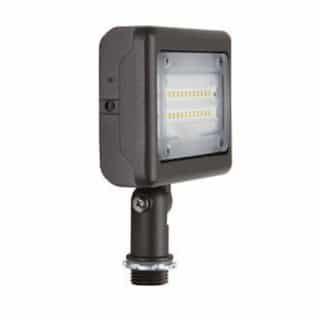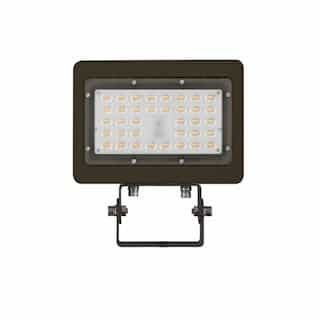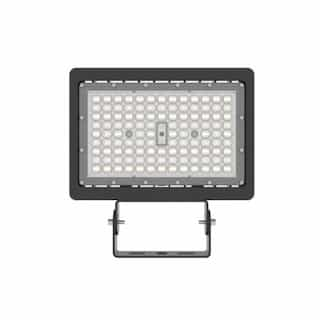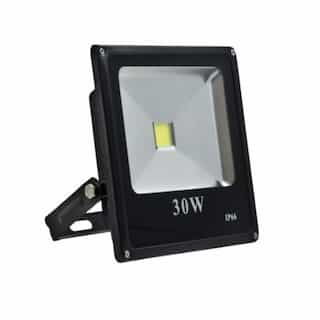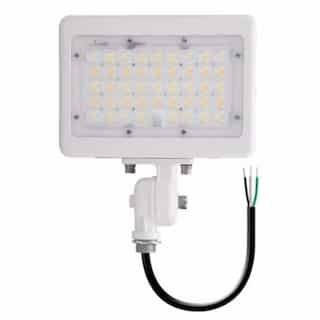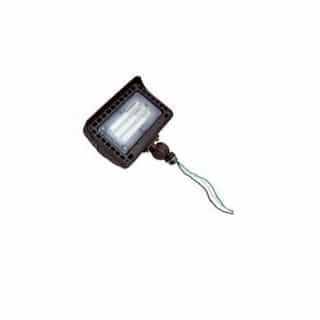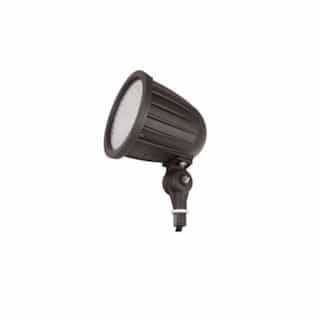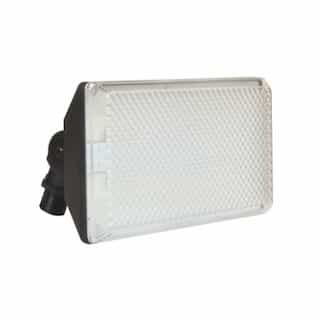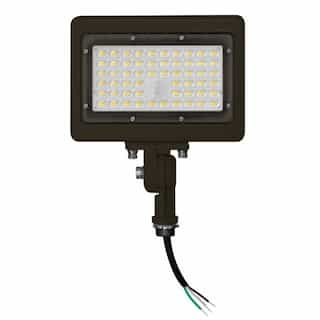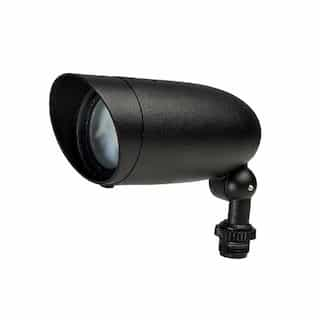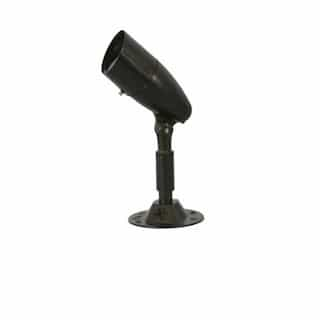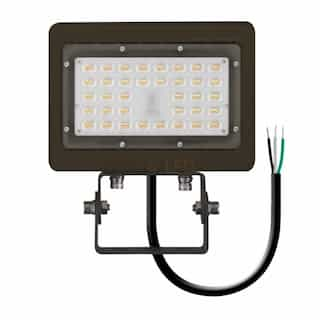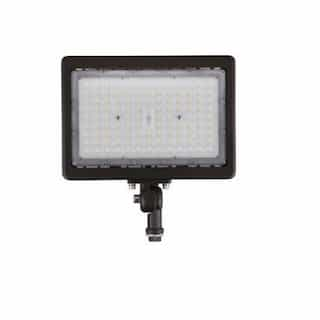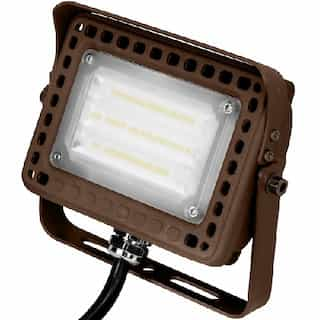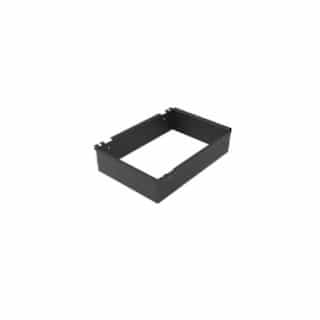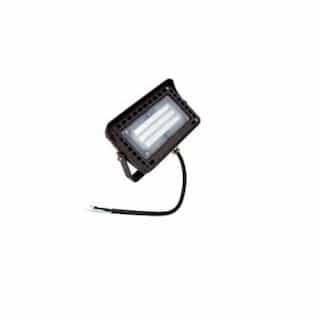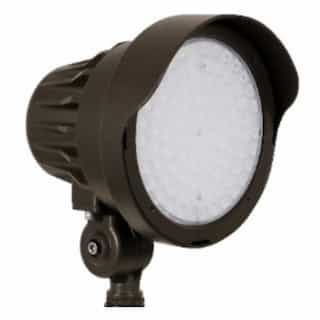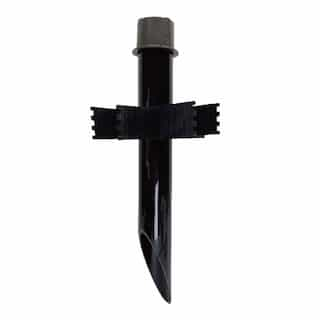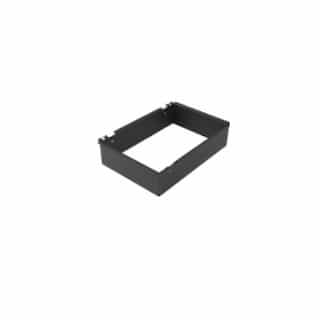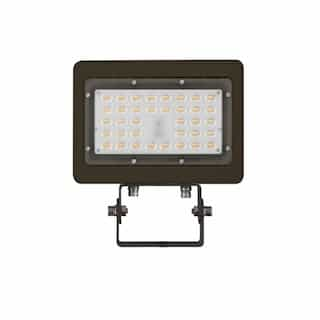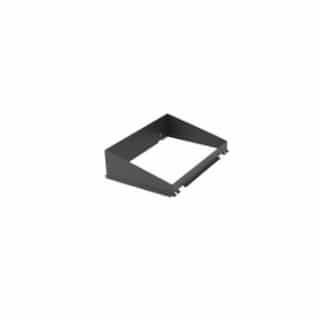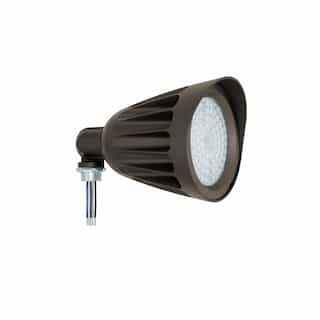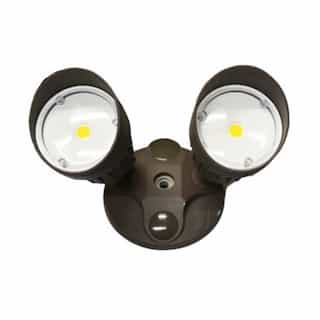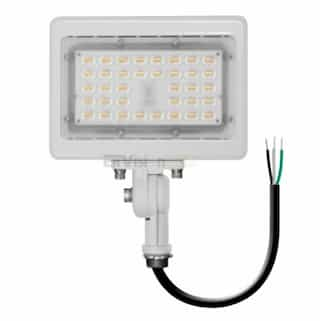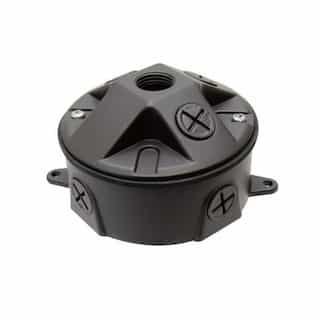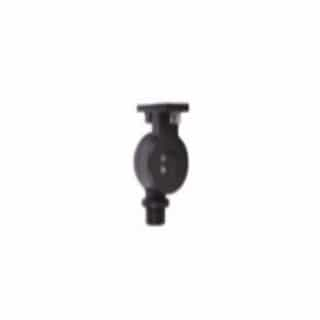Where should you place a flood light?
You can use flood lights outdoors to illuminate a driveway, path outside, or even for security purposes. They also see use with garages since they require a higher level of brightness.
We carry a selection of flood light fixtures that you can use in multiple areas. Major types and locations include:
- Ground flood lighting that projects the light upwards.
- Overhead flood lighting that often uses a motion sensor and projects the light downward.
- Some flood lights work as “brick lights” to help illuminate walkways or outdoor paths at your home.
Learn more about outdoor lighting with our blog Outdoor Lighting Options for Safety and Efficiency.
Why are they called flood lights?
Flood lights emit a wide beam of uniform light that ‘floods’ the area. Flood light fixtures brighten outdoor areas, but you can also find LED light bulbs that give off a flood beam angle, or beam spread, as well. Because they illuminate such a large area, they work well as outdoor security lighting.
Flood lights differ from spotlights. Flood lights emit a short, wide beam. Spotlights give off a longer, narrower beam. Flood lights work well illuminating areas with a large surface area and require a wide, even illumination, such as houses, landscapes, parking lots, or garages. They also work well as security lighting. Spotlights work well when you want to highlight certain aspects of an area. They can highlight gardens, landscapes, architecture, art, and other similar areas.
Do all flood lights have a wide beam angle? Is there a narrow beam angle?
Where are mini LED floodlights typically used?
What is a flood light?
A flood light is a high-intensity, artificial light used to illuminate a large area. They are most often placed outdoors to provide light during low-light conditions. Different options for size, color temperature, and wattage make flood lights fixtures very versatile and applicable to a wide range of spaces. Places commonly lit by flood lights include sporting fields, parking lots, residential yards, and more.
Are LED flood lights as bright as halogen?
Yes, LED flood lights output the same brightness as halogen lights. When comparing the two, LED flood lights use less watts and produce less heat to emit the same level of brightness. They also lessen the risk of eye strain while providing equal amounts of light.
Do LED flood lights use a lot of electricity?
It depends on the wattage of the bulbs and how often they are being used, but generally, LED flood lights use less electricity than other types of flood lights. This is because of the unique way in which they conserve energy. Traditional bulbs, like halogen, use energy to create both light and heat, while LED bulbs focus most of their energy on creating just light.
Do LED flood lights get hot?
Because they produce energy, LED flood lights do emit a small amount of heat. However, compared to other types of bulbs, LED lights generate significantly less heat because they are the most energy efficient. Light bulb efficiency is measured by what percentage of energy gets converted into light as opposed to heat.
- Incandescent bulbs only convert 10% of their energy into light.
- Compact fluorescent bulbs convert 85% of their energy into light.
- LED bulbs convert 90% of their energy into light.
The reason why LED bulbs outperform their counterparts is because of the heat sink located in the base of the bulb. Heat sinks work to absorb and dissipate excess heat within the bulb and prevent overheating.
How long do LED flood lights last?
Quality LED flood lights, like those we have at HomElectrical, have a lifespan of approximately 50,000 hours. Because they use less energy and produce less heat, LED bulbs require less maintenance and therefore have a much longer lifespan than traditional bulbs. Depending on how often they are used, LED flood lights will last for several years.
Do LED flood lights attract bugs?
Yes, but LED lights do attract less bugs than other types of lights. This is because most LEDs do not emit the kind of heat or light wavelengths that bugs are drawn to. However, different color temperatures and heat emissions have different effects. Sticking to LED bulbs with lower color temperatures is a sure way to keep bug attraction to a minimum.
